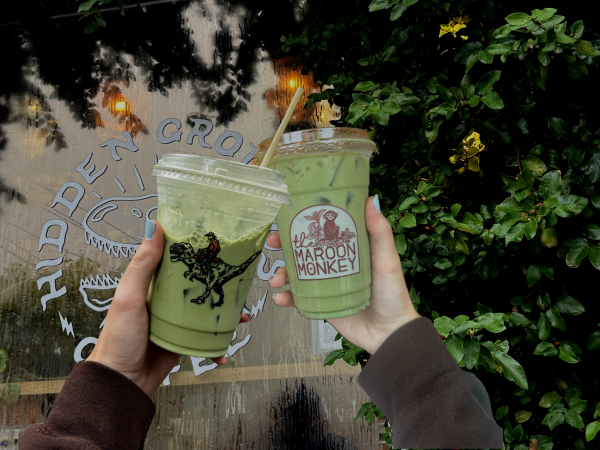You are what you eat
Hypothetically, let’s say you eat Cook-Out every Saturday afternoon. It’s cheap and, hey, you went to the gym today (or last week sometime). No one will ever know about the cheeseburger with fries. That is unless Dr. Laurie Reitsema gets a sample of your bones.
“Send your baby tooth to my lab and I could tell you exactly what foods you ate as a child,” Reitsema said.
The Emerging Scholars Lecture Series, held by the Anthropology Department, invited Reitsema to campus to share her research in the field of bioarchaelogical stable isotopes. She explained how this allows scientists to infer the cultural lives of past civilizations, by first letting scientists view what those people ate.
“Diet is central to anthropological studies because what is eaten by societies reaches beyond basic survival and crosses into daily social norms,” Reitsema said.
Every food source has stable isotopes. A stable isotope is a variant of a specific chemical element. They differ from normal isotopes because they do not break down over time. This process begins with plants, which receive the stable isotopes from photosynthesis. The stable isotopes are transferred when an animal consumes a plant and passes the stable isotopes along the food chain. The higher up a creature is on the food chain, the more stable isotopes its body holds. Humans have the most.
The particular isotopes found in different plants and animals can also be deciphered depending on the stable isotope’s neutron count. So from those hypothetical Cook-Out burgers, a future scientist could tell that you consumed both plants and livestock on a regular basis.
“It’s a young field of study, so there’s so much potential,” Reitsema said. “We can’t always say if the food was a raspberry or strawberries, but we know clear differences like if it was a tree leaf or grassland plant.”
Reitsema is using these advanced bioarchaelogical methods in her research in Poland and Italy, where she is studying medieval gravesites.
Poland is an excellent place to study, Reitsema explained, because Poland went through rapid economic, sociopolitical and religious changes suddenly-versus most of Europe, which changed gradually. This means that Polish skeletons contain unique stable isotopes that give insight into how those quick changes affected the lives of people living through them. For instance, men consumed mostly animal products and women consumed mostly plant products.
Stable isotopes also allow scientists to raise cultural questions. The Polish community of that time did not consume any fish. This is particularly strange considering that the skeletons are from a period of heavily enforced Christianity. Scientists are now questioning why the lack of fish occurred, pondering possibilities that range from whether there was a fish famine or if fish was considered a lowly food source.
Italian medieval graves are also posing questions. Wealthy men’s skeletons are very healthy while poor men’s skeletons are not. Women from all backgrounds, however, have healthy bones, Reitsema found. This speaks to some sort of buffering system medieval Italian society implemented to protect their women, which scientists are now trying to decipher.
So whether you’re eating Cook-Out Stable every Saturday afternoon, or something a little more ancient, stable isotopes are proving that you truly are what you eat.












